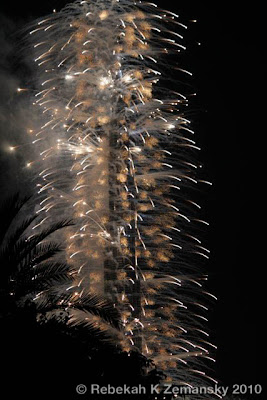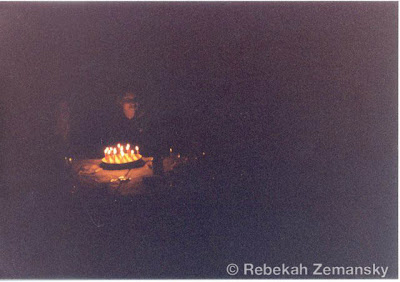Written in April 2010 by my mother, Ellen Kroeker, and shared here with her permission
***
They shall grow not old, as we that are left grow old;
Age shall not weary them, nor the years condemn.
At the going down of the sun and in the morning
We will remember them. |
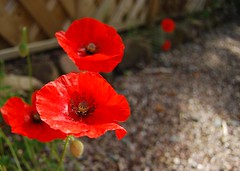 |
The Ode comes from “For the Fallen,” a poem by the English poet and writer Laurence Binyon and was published in London in The Winnowing Fan: Poems of the Great War in 1914. This verse, which became the “Ode for the Returned and Services League,” has been used in association with commemoration services in Australia since 1921.
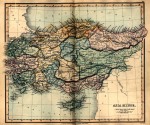
Perry-Castañeda Library Map Collection
We were at the Dawn Parade for ANZAC day today, a big occasion here. April 25 might be one of the most sacred days in New Zealand. While it is in honor of all service personnel, it is mostly a commemoration of Gallipoli, a devastating battle in Turkey during WWI, and an honoring of those who died there. Our friend (89, former British Royal Navy WWII and son of a man wounded in Gallipoli) wanted us to go with him and we did.
When the white haired men march behind the kilted pipes and drums through the dark autumnal morning, one can feel the ghosts of the slaughtered young men hovering around them. Surrounding them as they stand in a great circle for the service, families hold their babies, teenagers with poppies pinned to them jostle, albeit quietly , and one is aware that these are the descendents of those who served and connected to those who died. About 100,000 New Zealanders served in World War I out of a population of less than a million. The man in front of me, the woman beside me wiped tears throughout the service. The morning was mild and as they all marched away, first the old veterans, then some whose hair was not completely white and finally, bringing up the rear, the snappily dressed young ones, the rosy fingered dawn spread across the sky.

Perry-Castañeda Library Map Collection
Gil, who grew up on Sunday night documentaries that extolled the heroism of those who fought in WWII and listened to his father’s stories from his time in the South Pacific during that war, always wanted to be on the side of the good guys, to fight the kind of people who were responsible for the Holocaust and for Pearl Harbor. These were the myths that he grew up with. There were no other narratives presented.
So the little Gil listened, learned, and when he grew up, he dedicated his life to being one of those good guys. But the enemies were shadowy and some seemed to be in his own government, the men of government who sent young men into the Vietnamese jungles for dubious purposes. It wasn’t a clean or clear war as WWII had seemed to be. Still, he had made a commitment and he had to meet his obligations.
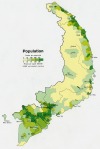
1972 population map of Vietnam from Perry-Castañeda Library Map Collection
When he was presented with an alternative (if you go back to Vietnam, I’ll divorce you, said his then-wife; if you don’t go to Vietnam, we will court-martial you, said the Navy), he went to Vietnam and, back in the jungle, with hostile fire around him, he got his “Dear John” letter, informing him that the divorce was going ahead.
And when he returned to the States with his discharge papers much later, there were no parades, no heroes’ welcomes. He was no one’s hero. Change out of your uniform, he was advised. Try to travel incognito, as if no one would recognize a military haircut in the days of long-haired hippies. He opened his green footlocker and packed all the medals and citations away.
This week, Laurie, our older friend and the Royal Navy veteran, urged Gil to pull out the medals, pin them to his chest and march in the Dawn Parade. Gil said it wasn’t his military, it wasn’t his occasion. Laurie said, come on and Gil doesn’t easily say no to Laurie, this cheerful man who once introduced Gil to someone as his “other son.” So we got up at 5 am, and while Gil put his ribbons on, they were nearly undetectable under his jacket. Gil was introduced to others at the gathering place as former LT of the US Navy and welcomed as such.

Wellington, New Zealand - credit : Ellen Kroeker
The kilted bagpipers and drummers swung into place, and the white heads, male and female stood to attention under the instructions of a very quavering voice. They turned on command, the drums began, the pipes began a mournful tune, and, with fragmented step, they marched off to the town center and the cenotaph for the Dawn Service. There, among the Brits, the Maoris, the Scots with their family tartan colors, the Irish, marched one American, slightly uncomfortable, slightly at home, as always. Along the side of the marching column walked wives and husbands, children and grandchildren.
On one corner, a small boy was riveted by the parade of heroes.
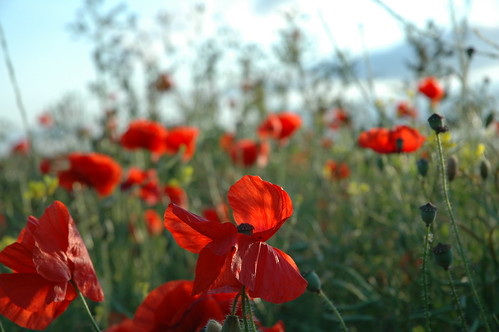
photo credits : Fleur Phillips & James Pratley
Like this:
Like Loading...










